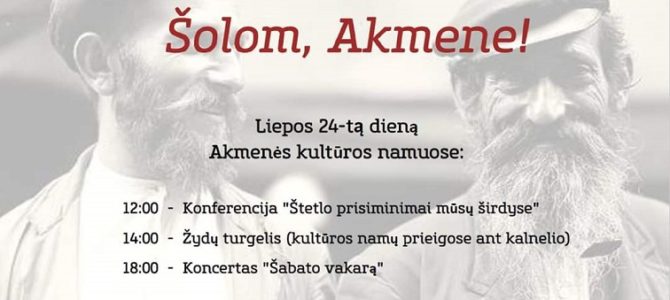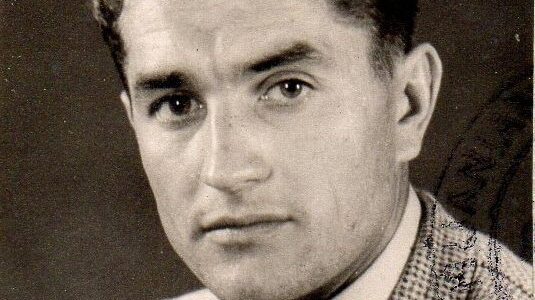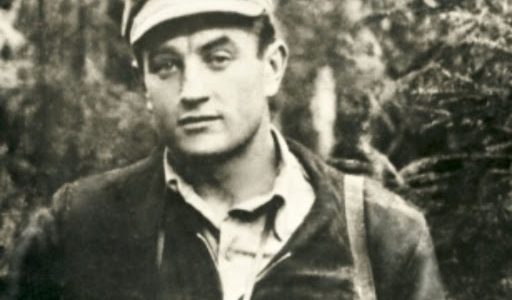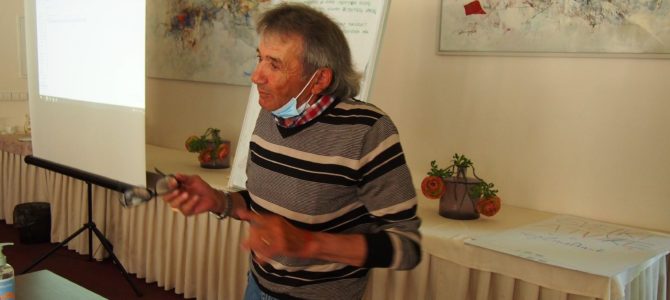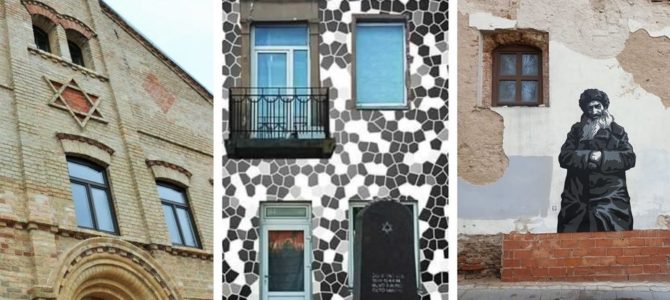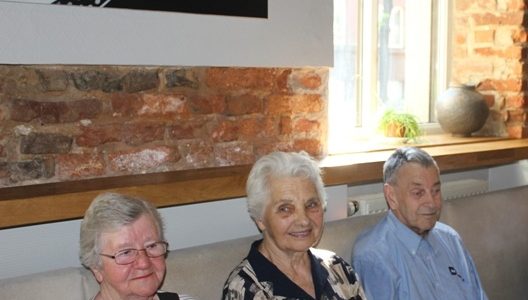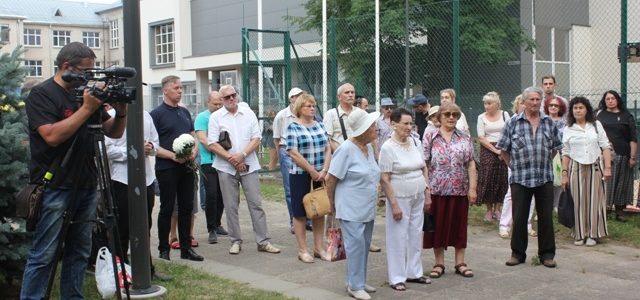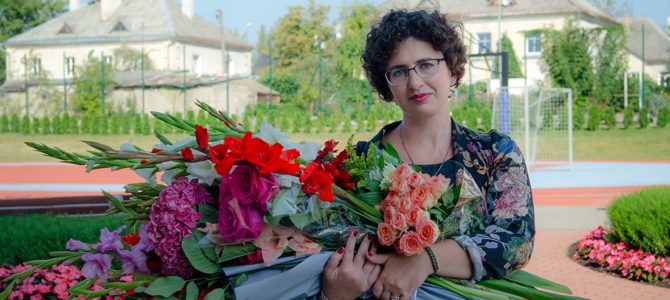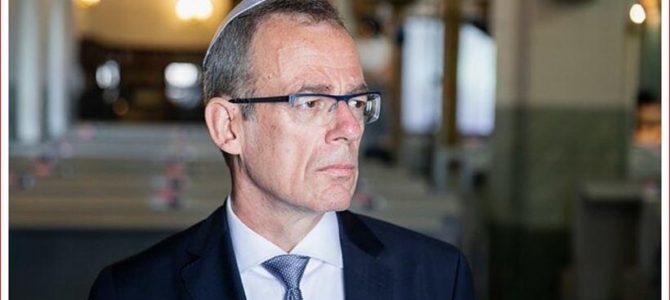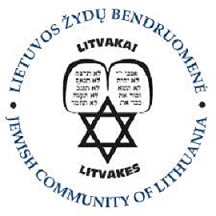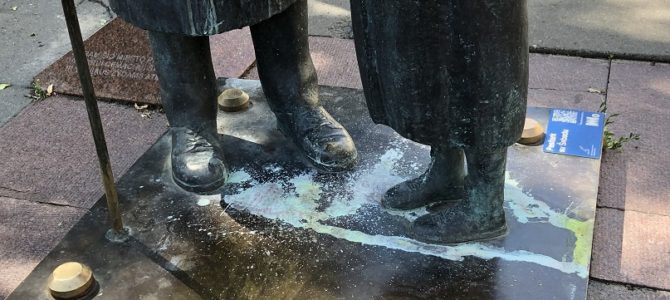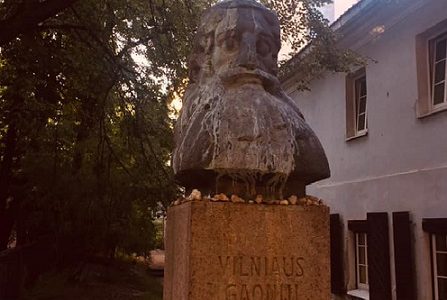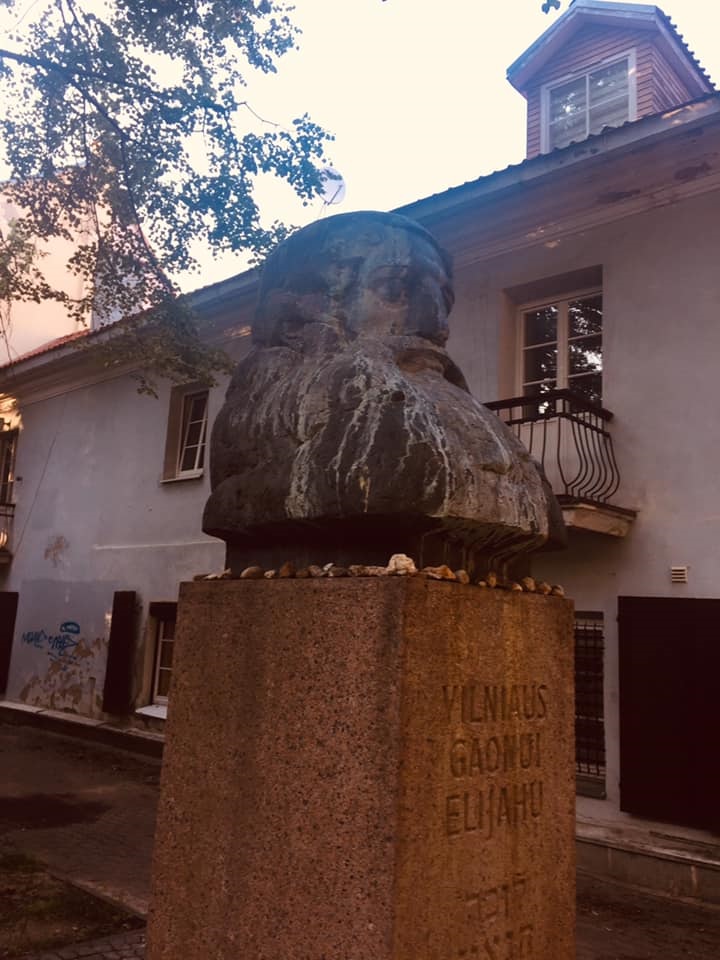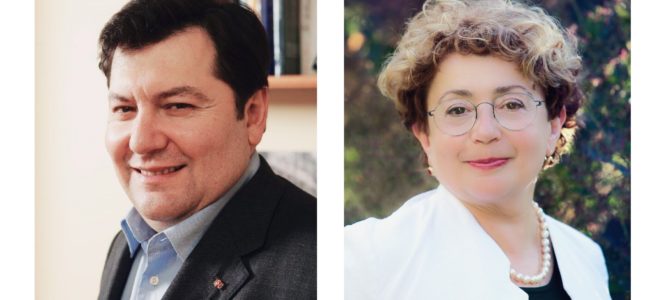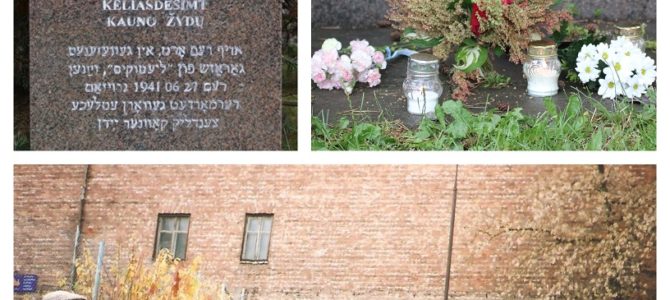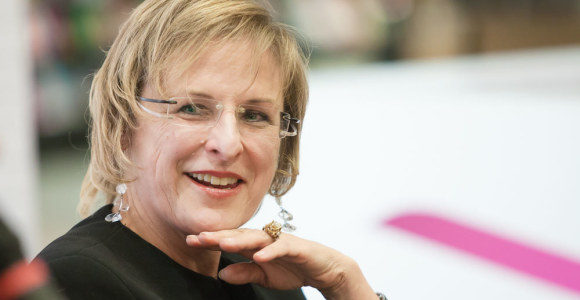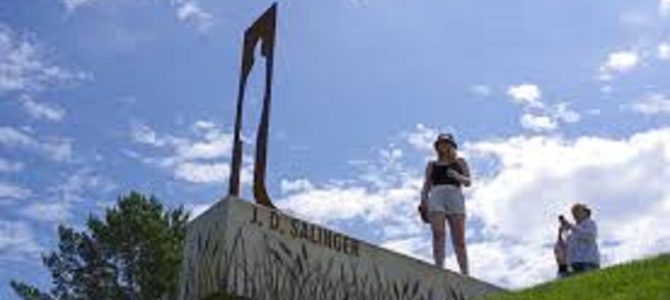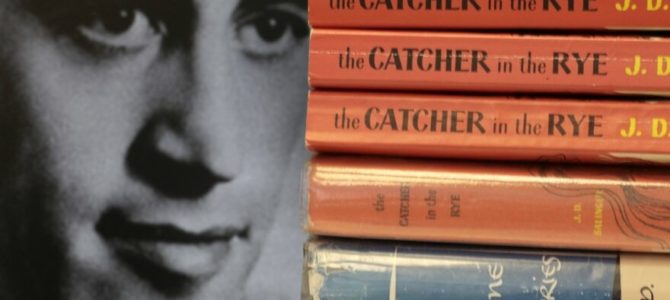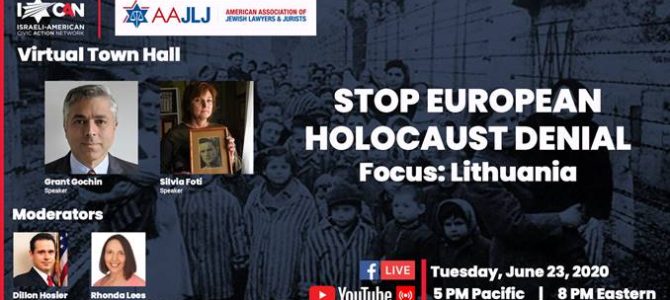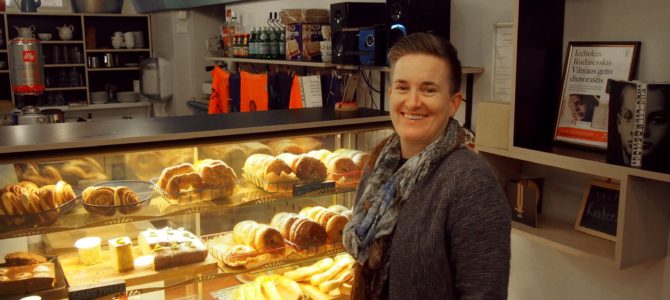The Šiauliai Regional Jewish Community invites everyone to participate in “Sholom, Akmenė” events at the Akmenė Cultural Center (Sodo street no. 1, Akmenė, Lithuania) on July 24.
12:00 Conference “Memories of the Shtetl in Our Hearts”
Šiauliai Regional Jewish Community members Frida Šteinienė and Josifas Buršteinas will share their childhood memories, young participants at a creative workshop will speak about digitization efforts to record and preserve the Jewish cemeteries in the Akmenė region and Daumantas Todesas will share the secrets of making Sabbath treats. Also, Rita Ringienė will read excerpts from Indrė Daščioraitė’s work in 2001 recording the memories of Augustina Rušinaitė (1922-2007).
2:00 Jewish market (outside the Cultural Center)
The conference will be followed by a Jewish market set up by the Šiauliai Regional Jewish Community showcasing traditional Litvak treats on offer, with haggling required. The organizers are promising a lot of fun at the market.
6:00 Sabbath concert
The Jewish music concert, already a tradition at the Akmenė Days celebrations, will be performed by students from the music schools in the Akmenė region and from the Sholem Aleichem Gymnasium in Vilnius. The concert will teach traditions of the Sabbath evening in artistic form.
All events are free and open to the public. Organizers are asking participants to adhere to the authorities’ current recommendations for preventing corona virus infection. The events will be filmed and photographed.


